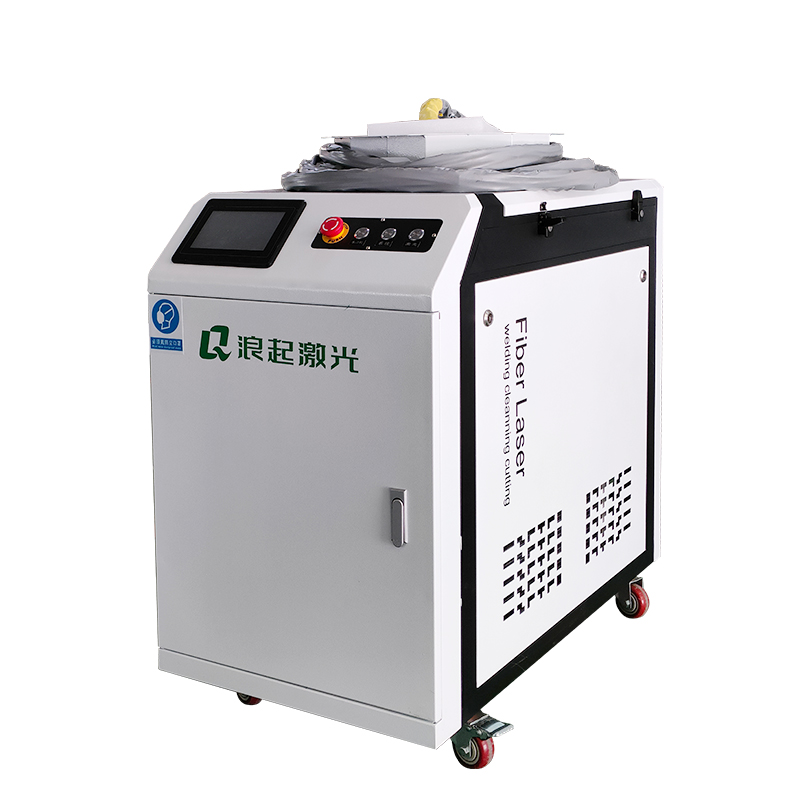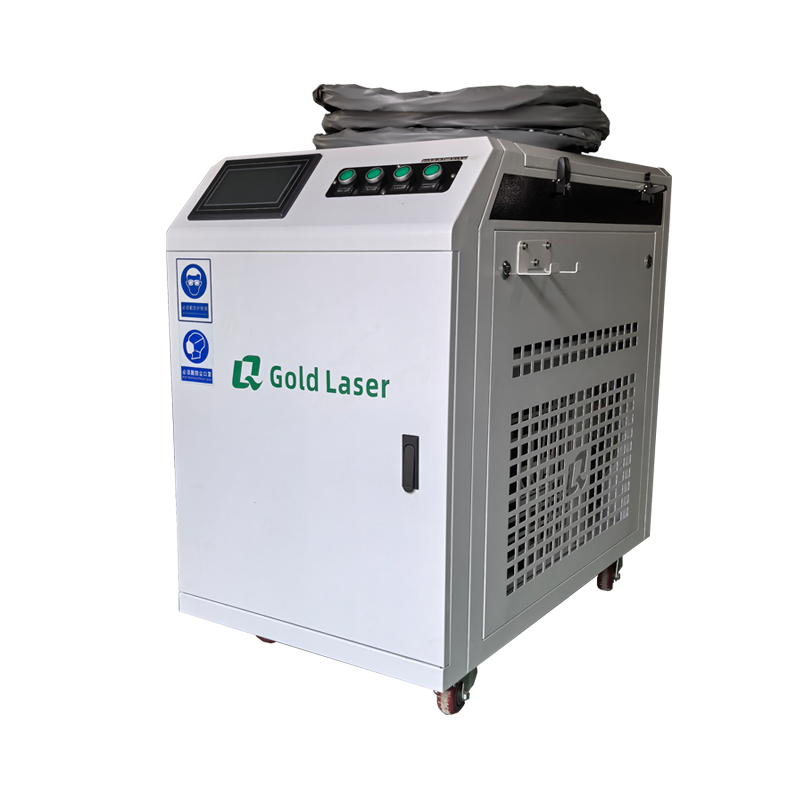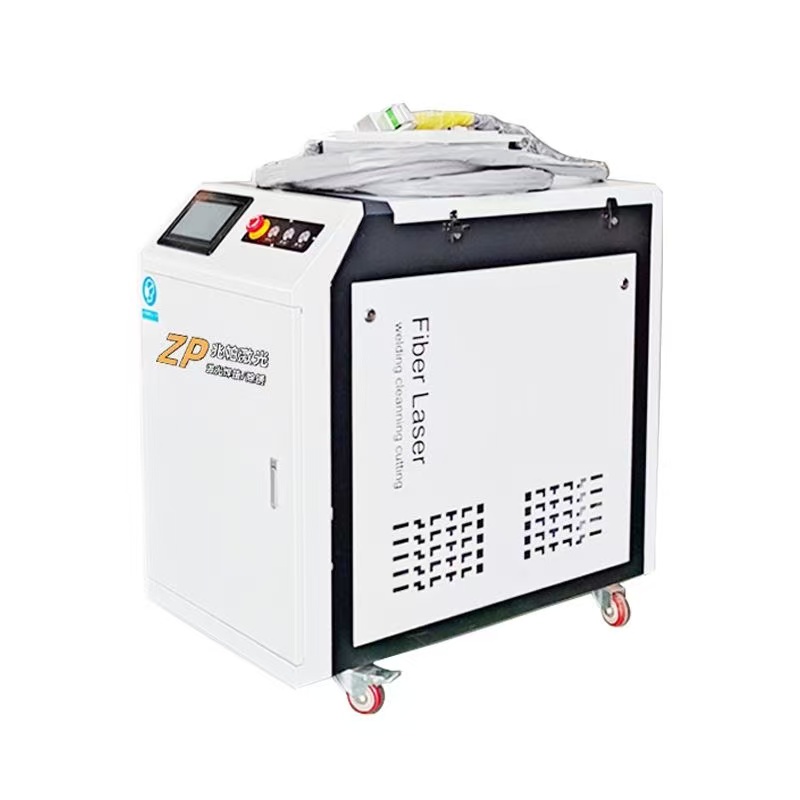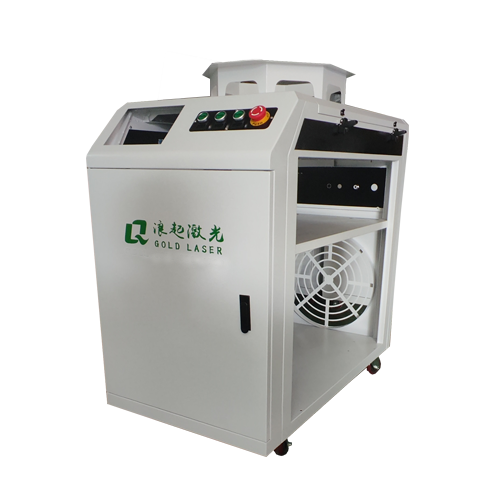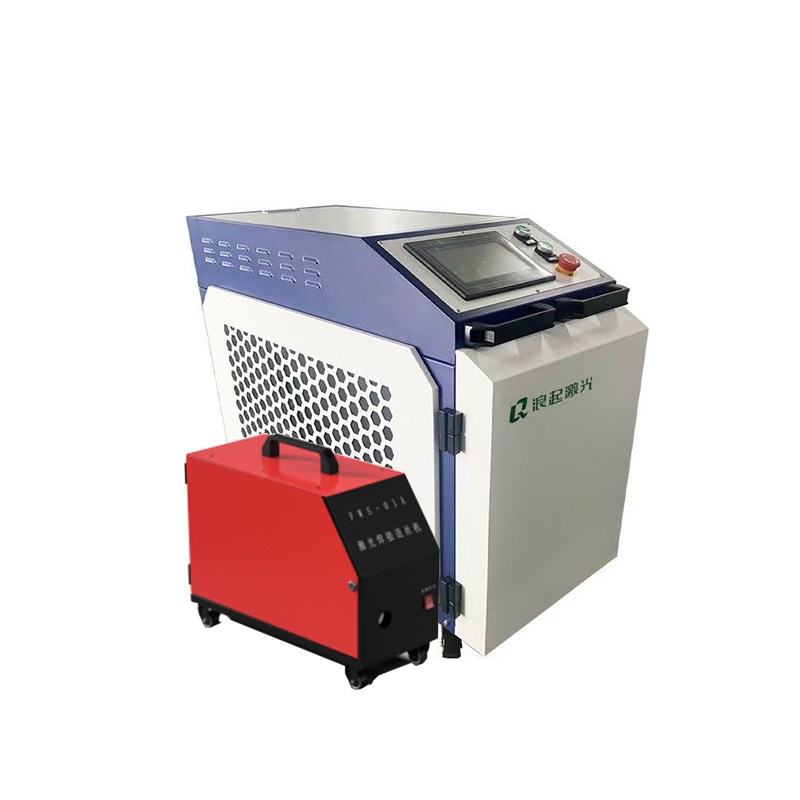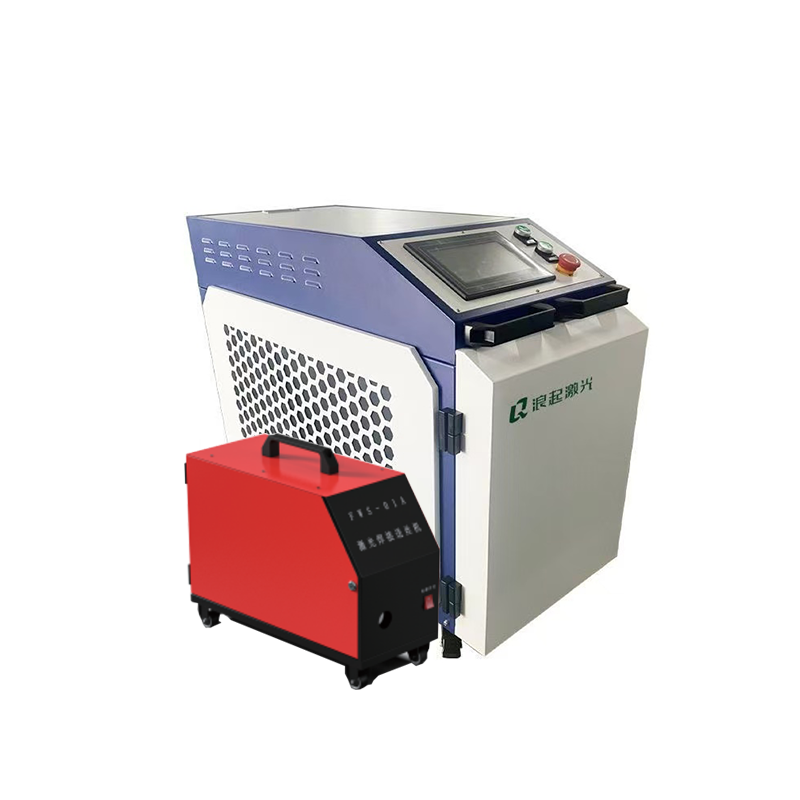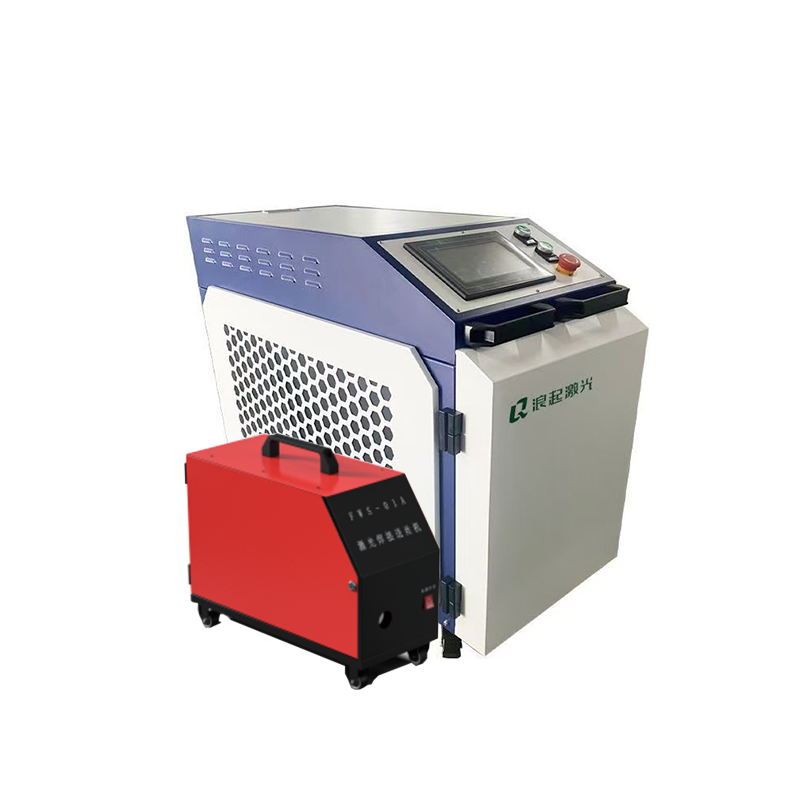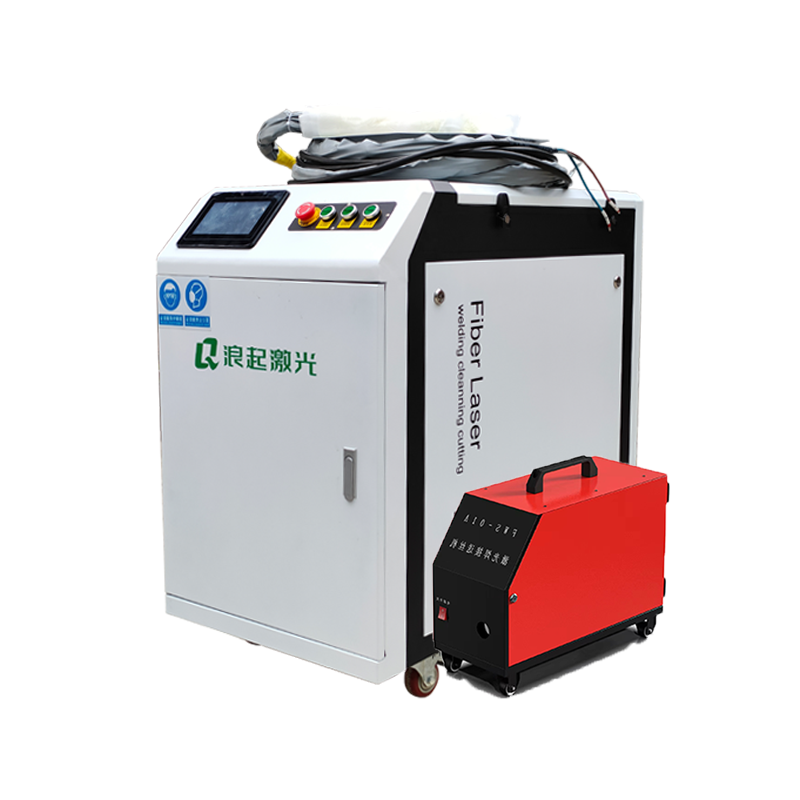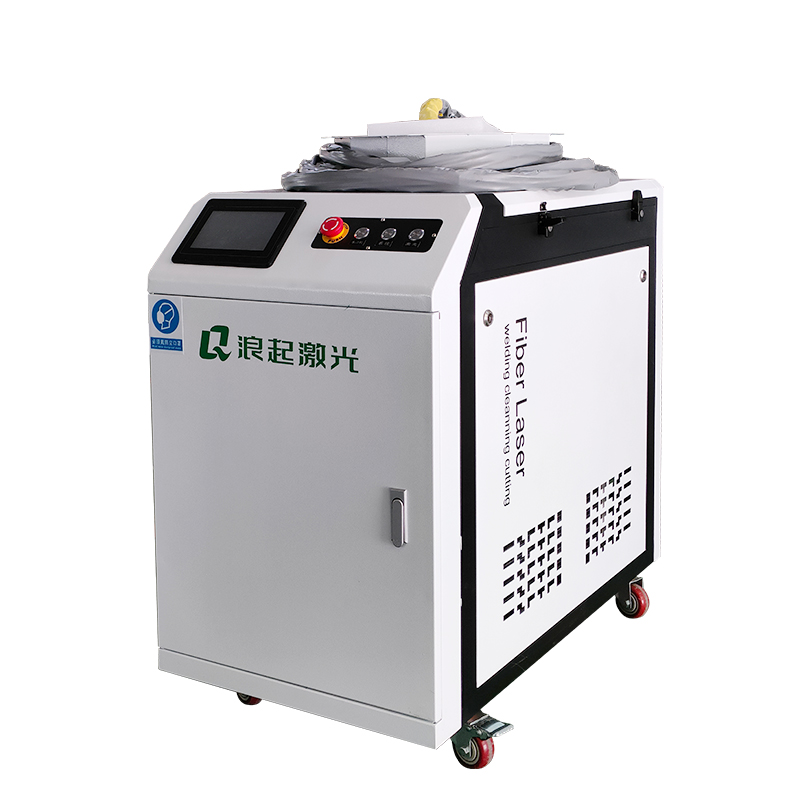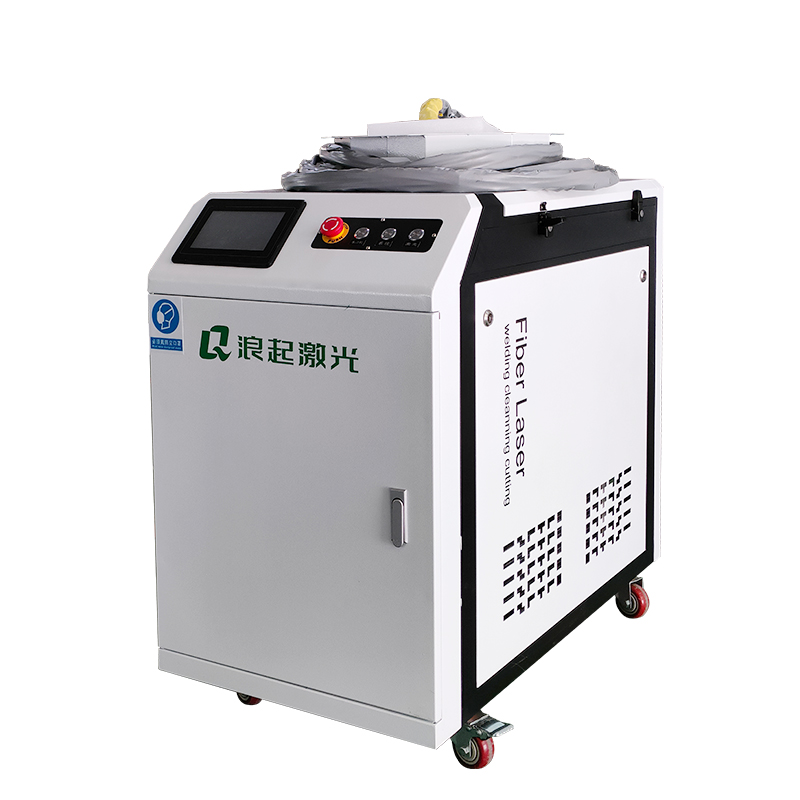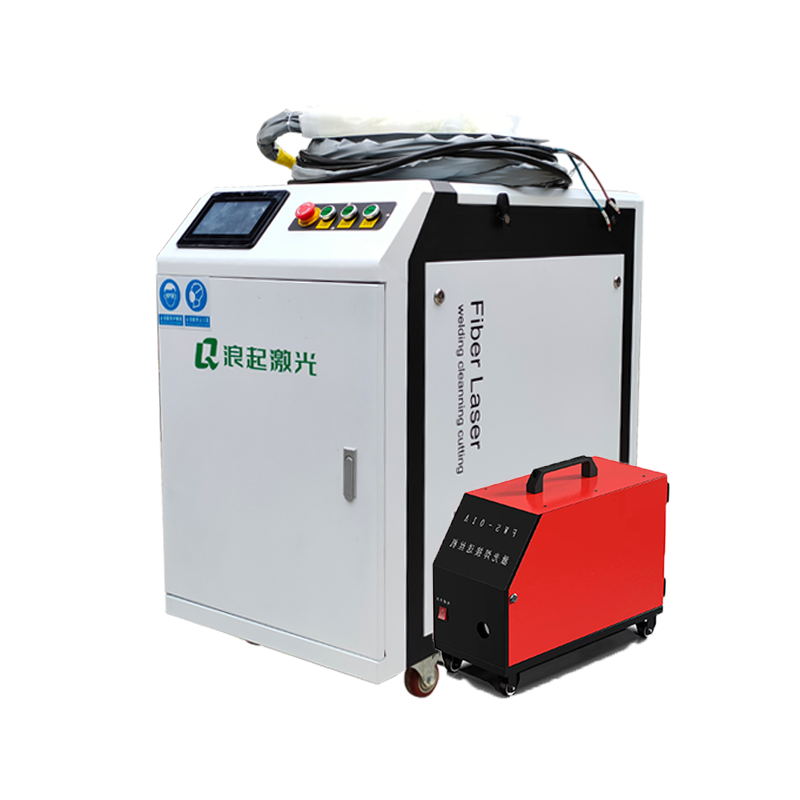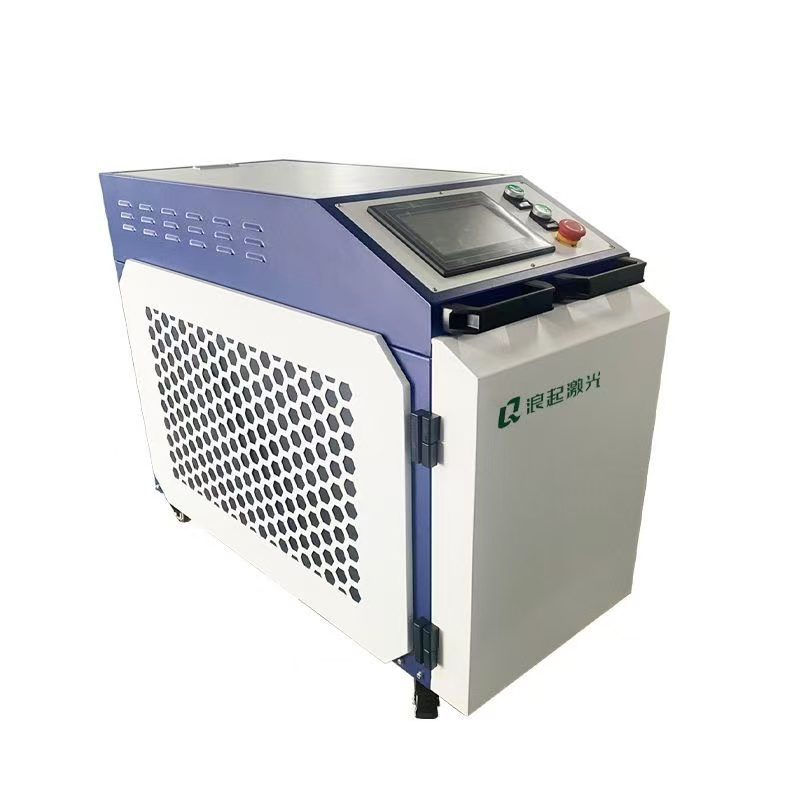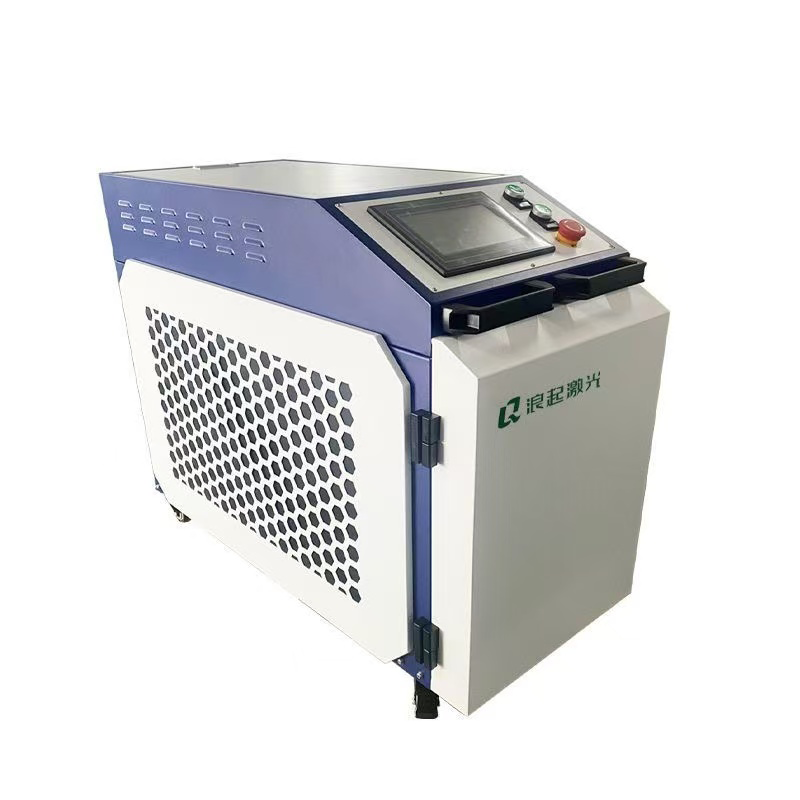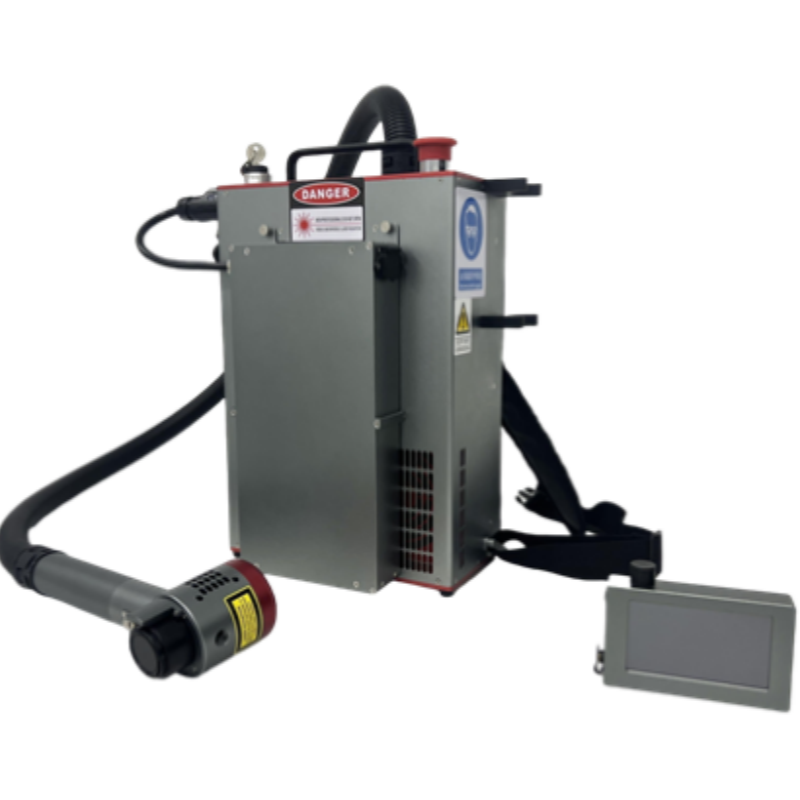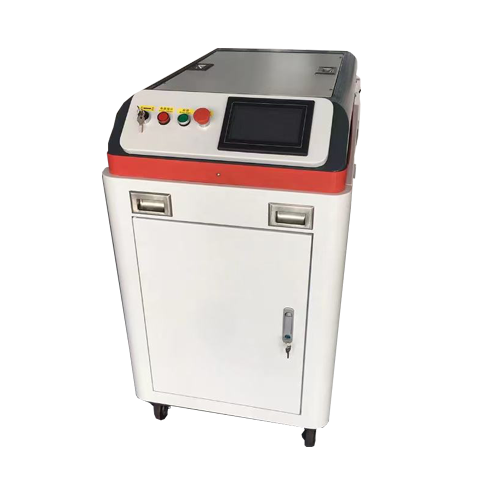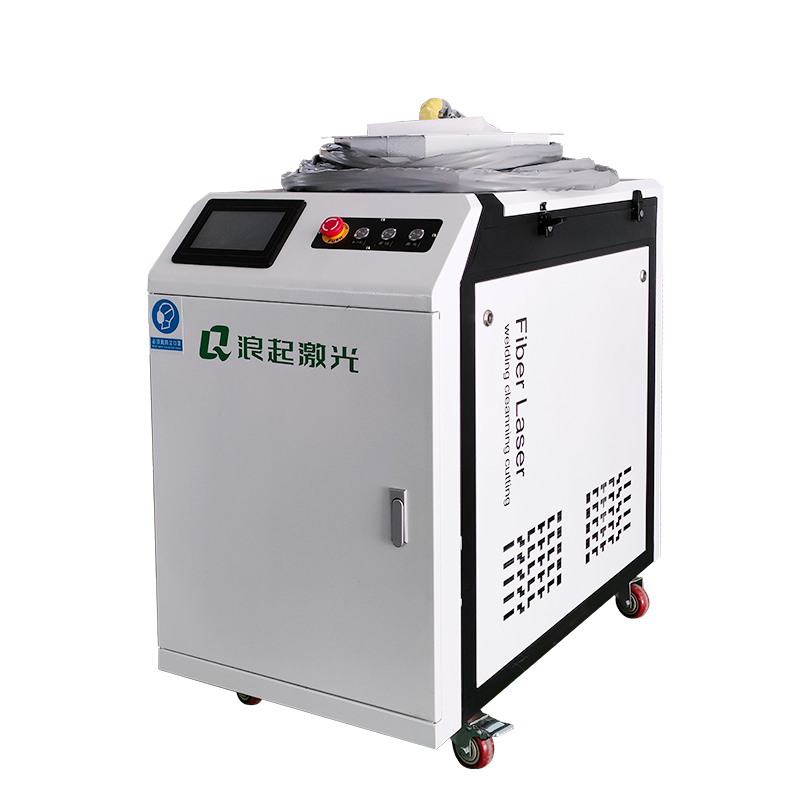The primary differences between a 2.0 kW (2000W) and a 3.0 kW (3000W) fiber laser cleaning machine lie in their power output, cleaning efficiency, application range, and cost. Here’s a detailed comparison:
1. Power & Cleaning Efficiency
2.0 kW Laser:
Suitable for light to medium-duty cleaning tasks (e.g., rust, paint, oxide layers).
Cleans at a moderate speed (e.g., 0.5–2 m²/h, depending on material thickness and contamination level).
Best for thinner coatings or softer materials.
3.0 kW Laser:
Handles heavier-duty cleaning (e.g., thick rust, stubborn coatings, or industrial-scale removal).
Faster cleaning speed (e.g., 1–3 m²/h or more) due to higher energy output.
More effective on thick or hard-to-remove contaminants.
2. Application Range
2.0 kW:
Ideal for automotive parts, small machinery, molds, and delicate surfaces.
Works well on aluminum, stainless steel, and thin steel.
3.0 kW:
Better for large industrial applications (shipbuilding, heavy machinery, pipelines).
Can clean thick steel, cast iron, and heavily corroded surfaces more efficiently.
3. Precision & Surface Impact
2.0 kW:
More precise, with less risk of damaging the base material (better for thin or sensitive surfaces).
Lower heat input reduces warping risks.
3.0 kW:
Higher power may require more careful parameter tuning to avoid substrate damage.
Better for deep cleaning but may need adjustments for delicate work.
4. Cost & Operational Factors
2.0 kW:
Lower initial cost (cheaper laser source and components).
Lower energy consumption.
3.0 kW:
Higher upfront cost but faster ROI for large-scale operations.
May require better cooling systems and higher maintenance.

